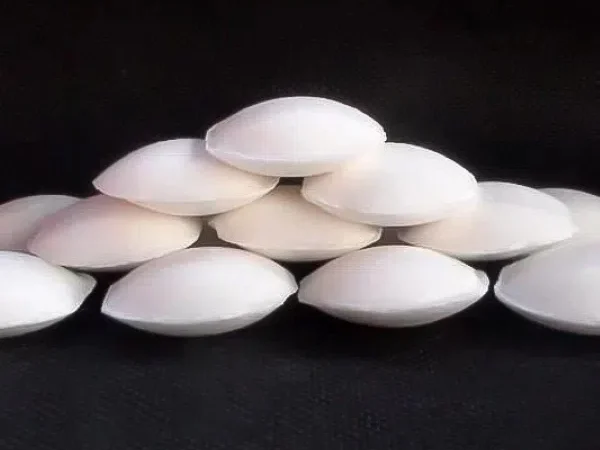
Sodium cyanide is an inorganic compound with unique chemical properties and is widely used in laboratories and industrial production. This article will explore the chemical properties of Sodium Cyanide and its role in experimental applications.
Physical Properties
Sodium cyanide is a white crystal, usually existing in solid form. It is relatively stable at room temperature, but under heating or high - humidity conditions, it decomposes into hydrocyanic acid and sodium hydroxide. Its chemical formula is NaCN, and its molar mass is 49.01 g/mol.
Chemical Properties
1.Alkalinity:Sodium cyanide is a strong base. It can neutralize acidic solutions and produce hydrocyanic acid (HCN) in water:
NaCN + H₂O → HCN + NaOH
This makes sodium cyanide play an important role in acid - base neutralization reactions.
2.Reactions of Cyanide Ion:The main chemical activity of sodium cyanide is related to the Cyanide Ion (CN⁻). This ion can participate in many reactions, including silver reactions, copper reactions, and metal gilding. For example, reacting with silver ions (Ag⁺) will form precipitable silver cyanide (AgCN).
3.Toxicity:Both sodium cyanide and its aqueous solution are highly toxic because the cyanide ion can bind to iron ions in cells, interfering with the cell respiration process. This makes sodium cyanide of special importance in toxicology research.

Experimental Applications
1.Metal Processing:Sodium cyanide is used in Metal Processing for Electroplating and removing surface oxides. It can be used to electroplate precious metals such as gold and silver onto the surface of other materials.
2.Analytical Chemistry:Sodium cyanide is often used in Analytical Chemistry, especially in the analysis of silver salts. It can help detect the presence of silver, copper, and other metal ions.
3.Organic Synthesis:Sodium cyanide is used as a base or catalyst in Organic Synthesis. It can participate in various reactions, such as the Ullmann reaction and the synthesis of Grignard reagents.
4.Toxicology Research:Due to its toxicity, sodium cyanide is used in toxicology research to study the mechanism of action of poisons and methods for treating poisoning.
It should be noted that the use of sodium cyanide should follow safety procedures, and its toxicity should be strictly controlled. In laboratory and industrial environments, appropriate safety measures should be taken to prevent contact and leakage. In addition, the legal use and disposal of sodium cyanide should comply with relevant laws and regulations to ensure environmental and human health safety.
- Random Content
- Hot content
- Hot review content
- Sodium Isobutyl Xanthate SIBX 90%
- Potassium borohydride
- Antimonium Tartrate Potassium
- Fertilizer magnesium sulfate/magnesium sulfate monohydrate
- Pharmaceutical Grade Zinc Acetate
- Benzonitrile
- Adipic acid 99% used as the material of nylon 66
- 1Discounted Sodium Cyanide (CAS: 143-33-9) for Mining - High Quality & Competitive Pricing
- 2China's New Regulations on Sodium Cyanide Exports and Guidance for International Buyers
- 3Sodium Cyanide 98% CAS 143-33-9 gold dressing agent Essential for Mining and Chemical Industries
- 4International Cyanide(Sodium cyanide) Management Code - Gold Mine Acceptance Standards
- 5China factory Sulfuric Acid 98%
- 6Anhydrous Oxalic acid 99.6% Industrial Grade
- 7Oxalic acid for mining 99.6%
- 1Sodium Cyanide 98% CAS 143-33-9 gold dressing agent Essential for Mining and Chemical Industries
- 2High Quality 99% Purity of Cyanuric chloride ISO 9001:2005 REACH Verified Producer
- 3Zinc chloride ZnCl2 for High Molecular Weight Polymers Initiator
- 4High Purity · Stable Performance · Higher Recovery — sodium cyanide for modern gold leaching
- 5High Quality Sodium Ferrocyanide / Sodium Hexacyanoferr
- 6Gold Ore Dressing Agent Safe Gold Extracting Agent Replace Sodium Cyanide
- 7Sodium Cyanide 98%+ CAS 143-33-9

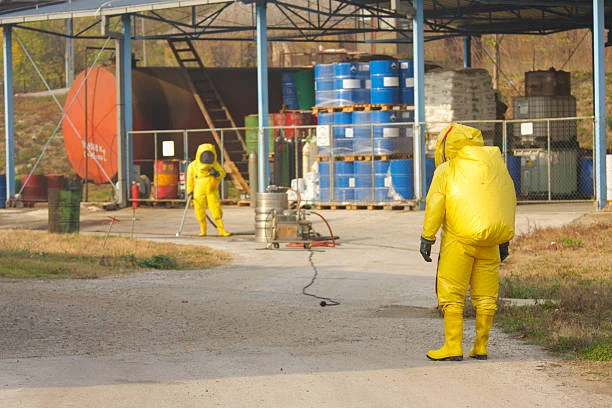
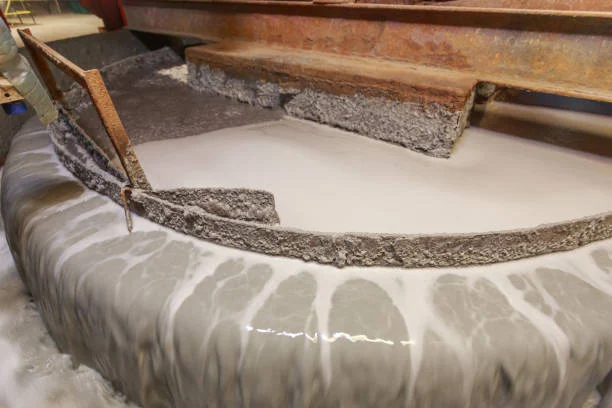
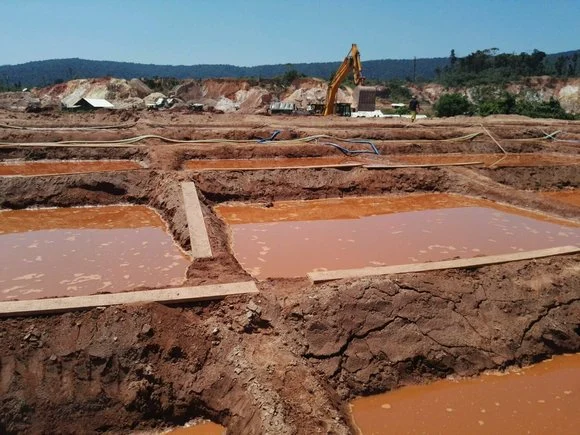


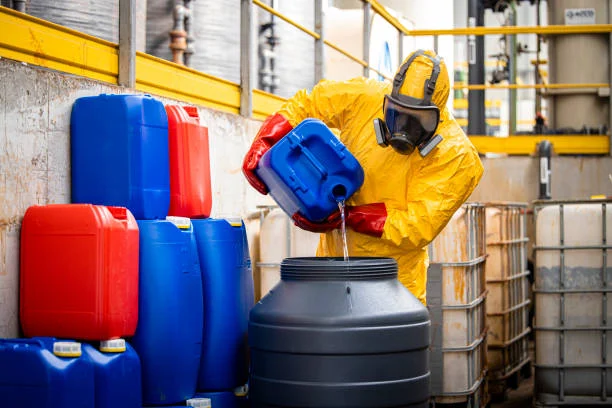
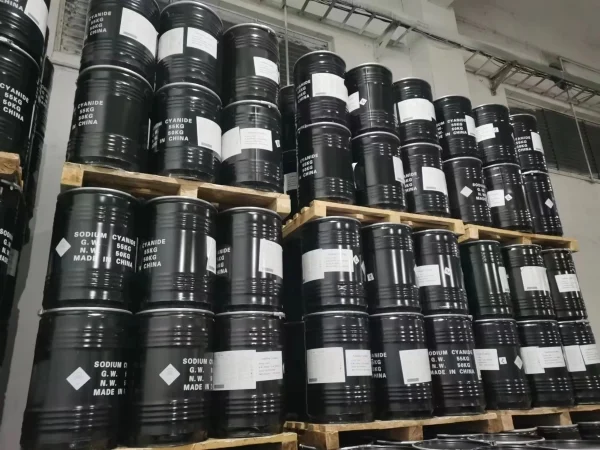



Online message consultation
Add comment: